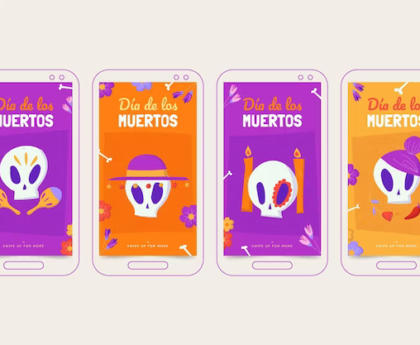Introduction
With the rapid growth of mobile and web applications, developers face the challenge of creating apps that perform well across various platforms. Flutter, an open-source UI software development kit, has gained popularity for its ability to develop responsive apps for multiple platforms using a single codebase. In this article, we will explore the process of developing responsive apps for all platforms using Flutter and discuss its advantages.
Understanding Flutter for Cross-Platform Development
Flutter is a popular choice among developers for cross-platform development due to its unique approach. It uses the Dart programming language and offers a rich set of pre-built widgets for creating visually appealing user interfaces. Additionally, Flutter’s “hot reload” feature allows developers to see the changes instantly, making the development process faster and more efficient.
Advantages of Using Flutter for Responsive Apps
- Single Codebase: Flutter enables developers to write code once and deploy it on multiple platforms, reducing development time and efforts significantly.
- Fast Performance: Flutter apps are compiled to native code, resulting in faster performance and smoother animations.
- Expressive UI: The wide range of customisable widgets in Flutter allows developers to create beautiful and expressive user interfaces.
- Native-Like Experience: Flutter provides a native-like experience on different platforms, making it hard to distinguish between native and Flutter apps.
- Community Support: Flutter has a large and active community, offering continuous support, updates, and a wealth of resources for developers.
Setting up the Flutter Development Environment
Before diving into app development, you need to set up the Flutter development environment. Here are the steps:
- Install Flutter and Dart SDK.
- Set up an IDE, such as Android Studio or Visual Studio Code, for Flutter development.
- Configure the Flutter SDK path in the IDE.
- Create a new Flutter project and ensure it runs successfully on your chosen platform.
Building a Basic Responsive App with Flutter
In this section, we’ll guide you through the process of building a basic responsive app using Flutter. Follow these steps:
Step 1: Creating a New Flutter Project
Open your IDE, create a new Flutter project, and choose the project template based on your app’s requirements.
Step 2: Designing the User Interface (UI)
Design the app’s UI using Flutter’s widgets. Utilize responsive widgets like Expanded and MediaQuery to ensure the UI adjusts correctly on different screen sizes.
Step 3: Implementing UI Responsiveness
Test the app on various devices and screen orientations to ensure its responsiveness. Adjust the UI elements as necessary for a seamless user experience.
Step 4: Running the App on Different Platforms
Use the Flutter command-line tools or your IDE to run the app on Android, iOS, and other platforms to verify its cross-platform compatibility.
Integrating Platform-Specific Features
To provide platform-specific features, Flutter offers various integration options:
Utilizing Platform Channels
Flutter allows communication with native code through platform channels. Use this feature to access platform-specific APIs and functionalities.
Accessing Device Sensors and Services
Integrate device sensors and services using Flutter plugins to leverage hardware capabilities for better app performance.
Handling Platform-Specific UI Components
Adapt the app’s UI to match the platform’s design guidelines and provide users with a native feel.
Testing and Debugging the Responsive App
Testing and debugging are critical for delivering a reliable app. Follow these steps to ensure your app works as expected:
Unit Testing and Widget Testing
Write unit tests and widget tests to validate the functionality of your app’s components.
Debugging Techniques
Use the debugging tools provided by Flutter and your IDE to identify and fix issues quickly.
Performance Testing and Optimization
Conduct performance tests to identify bottlenecks and optimize your app for improved responsiveness.
Publishing the Responsive App
Before publishing your app, consider the guidelines and requirements for each platform:
App Store Guidelines
Review the guidelines and policies of Apple’s App Store or Google Play Store to ensure compliance.
Google Play Store Requirements
Familiarize yourself with Google Play Store’s guidelines and best practices for app publishing.
Conclusion
Flutter has revolutionised the way developers build responsive apps for all platforms. Its single codebase, fast performance, expressive UI, Using Flutter Tools and native-like experience make it an excellent choice for cross-platform development. By following the steps mentioned in this article, you can develop responsive apps that offer a seamless user experience across various devices and platforms.



